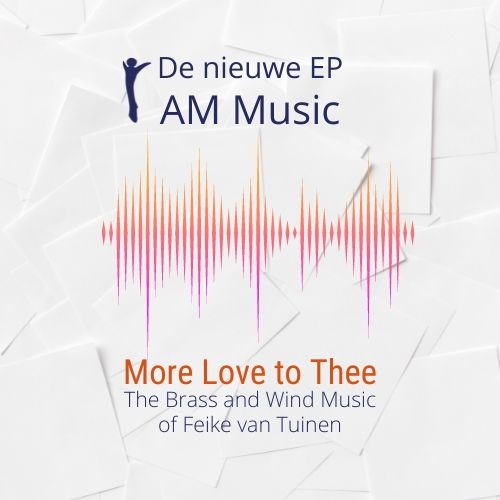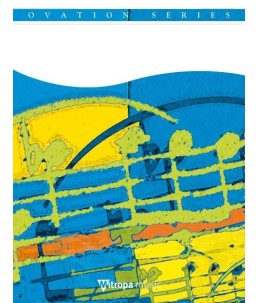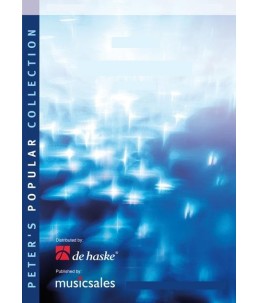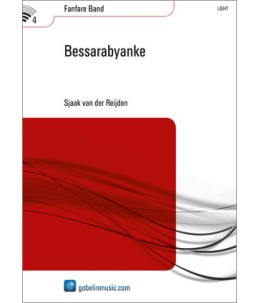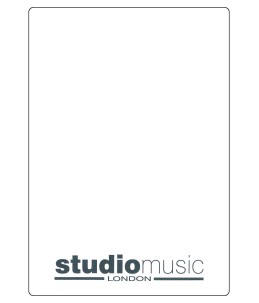The original work was not published within Beethoven’s lifetime. It was found and published by
Ludwig Nohl, a German music scholar, 40 years after Beethoven’s death. The title ‹Für Elise› translates
to ‹For Elise› and although no-one can say for certain who Elise was, it is believed that she was one
of Beethoven’s piano students to whom he had previously proposed.
This more modern version of the work opens with a brass quintet standing at the front of the stage
paying homage to the true form of the famous piano composition. This section should be played with
feeling from the soloists to allow the following section to contrast even further.
Into letter ‹A›, the cornets have the first glimpse of the re-arranged tune. This returns many times
throughout the arrangement as the famous motif does in the original work. This arrangement follows
the same structure as the original work taking slight deviations to allow for the modernisation.
This arrangement of ‹Für Elise› is perfect for entertainment be that at a concert or at a contest. Soloists
(flugelhorn and trombone) can choose to improvise if they wish or there is a written solo to be played
if preferred.



